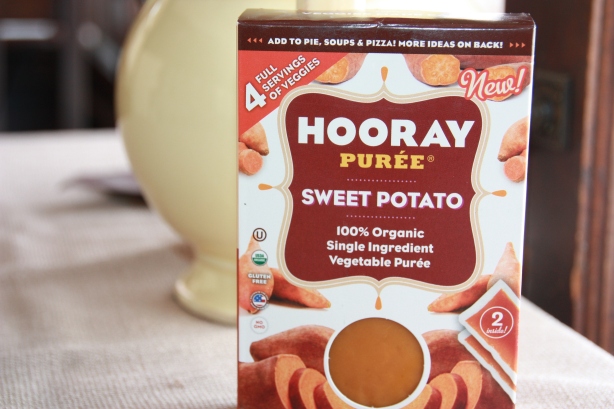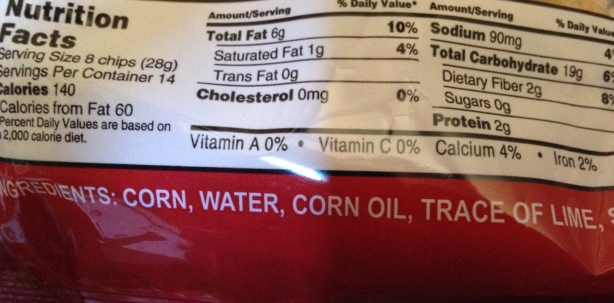
istockphoto
By David Grotto, RDN, LDN
Have you contemplated going on a vegetarian diet for health reasons? According to the Academy of Nutrition and Dietetics, all versions of vegetarianism can be healthy if well planned. But what version is right for you, if any? Before you test the waters out, lets review what a vegetarian diet is and isn’t and what may be the potential health benefits and pitfalls of following one might be.
What is a vegetarian diet? Simply put, a vegetarian diet, in its truest sense, is plant-based and does not include any meat, fish or poultry products. There are various levels of vegetarianism which fall into three classifications:
• Vegan (no animal products what-so-ever, including eggs and dairy)
• Lacto-ovo vegetarian (consumes eggs and dairy products)
• Lacto vegetarian (consumes dairy products).
There are those who eat a plant-based diet that includes fish, chicken or both or those who occasionally eat meat. People who follow this dietary approach often refer to themselves as “semi-vegetarian” or “flexitarian”. Purists might argue that these aren’t “true” vegetarians but more importantly, do you need to fall into the three aforementioned categories only to derive health benefits?
Why should you follow a vegetarian diet? Common reasons for choosing a vegetarian lifestyle include religious, cultural or concerns about animal welfare, the environment or health. An evidence-based review of the literature suggests that there may be health advantages to adopting a well-planned vegetarian diet when compared to non-vegetarians including:
• healthier body weight
• lower overall cancer rates
• lower risk of death from heart disease
• lower low-density lipoprotein (LDL) cholesterol levels
• lower blood pressure and lower rates of hypertension
• lower rates of type 2 diabetes and kidney disease
These observations were made mainly from association studies that provided little insight as to the overall quality of both diets. Meaning? “Vegetarian” does not automatically mean that healthy choices were made. The same holds true with non-vegetarian diets.
Weight management: Studies have shown that healthy vegetarian diets are often lower in calories and associated with reduced body weight because what is mainly eaten are low calorie dense foods. Maintaining a healthy weight reduces the risk for multiple chronic diseases. However, even healthy plant based fats such as nuts, seeds, coconut, oils and avocados can contribute to weight gain if not consumed in moderation.
Heart health & Diabetes: A vegetarian diet that is low in saturated fat, cholesterol and sodium has been associated with reduced cholesterol levels & blood pressure – which are risk factors for heart disease. Diets high in soluble fiber and phytosterols can help prevent cholesterol from being absorbed and may also benefit blood glucose management in diabetes. However, a review study found that low-carbohydrate, low-glycemic, Mediterranean, and high-protein diets have also demonstrated effectiveness in improving risk and management of cardiovascular risk and diabetes.
Kidney Disease: The National Kidney Foundation suggests that a reduction of animal protein intake and increased consumption of plant-based foods not only may reduce cardiovascular risk, mortality rate from heart disease and kidney disease but also by reducing animal protein intake, phosphate content of the diet would also be reduced benefiting those already diagnosed with chronic kidney disease.
Potential Pitfalls: While a plant-based diet can offer various health advantages, it should be planned carefully (preferably with a dietitian) to ensure adequate nutrition. Many vegans and even some vegetarians do not meet the proper nutrient needs in vitamin B12, vitamin D, omega 3’s, and iron. Some research suggests that homocysteine levels, platelet volume and stickiness of platelets can be a concern in those vegetarians who do not commune adequate levels of vitamin B12 and Omega 3 fats.
Vitamin B12: Since plant based foods do not contain significant amounts of vitamin B12, vegans must consume foods fortified with B12 and/or via a supplement. However lacto-ovo or lacto vegetarians can meet their B12 needs through the consumption of dairy products.
Vitamin D: Vitamin D levels can be affected by sun exposure, diet, supplement use, , and skin pigmentation. Low vitamin D status has been associated with reduced bone mass and other health challenges. Regular consumption of vitamin D fortified foods like milk, soy beverages, orange juice, and cereals, along with dietary supplementation, can help improve vitamin D status.
Omega-3’s: Vegetarian diets that don’t include fish are usually high in omega-6 fatty acids while lacking in omega-3 fats. There are 2 types of long chain omega-3 fatty acids that are essential to health: eicosapentaenoic acid (EPA) and docosahexaenoic acid (DHA). These long chain omega-3’s are easily absorbed in the body and typically found in fatty fish and to a lesser extent in some shellfish. An alternative for vegans is to consume sea algae, which is rich in the DHA form of omega-3s. Aside from algae, all other plant sources contain the short chain omega-3 fat called alpha-linolenic acid (ALA). Even though ALA is beneficial to your health, it doesn’t convert as readily into the essential DHA or EPA form of omega-3 fatty acids. This means that vegetarians must consume more of the ALA-rich food to gain the same health benefits as one would from fatty fish.
Iron: Plant based foods contain non-heme iron which means that there are inhibitors that can impact the absorption of iron. However simple cooking preparation techniques can reduce inhibitors like phyates and enhance iron’s absorption. These techniques include soaking or sprouting beans, grains and seeds; leavening of breads and fermenting vegetables like cabbage to make sauerkraut or kimchee. Also, consuming foods that are rich in Vitamin C along with non-heme iron sources can enhance absorption.
Ultimately, it’s your choice! Due to the expanding popularity of plant-based foods, there are more and more options that are available for consumers, especially meat substitutes. To meet the increase in popularity, many restaurants have included vegetarian options to their menus. There has also been an increase of vegetarian products in supermarkets, which include products like soy products, meat substitutes, fortified vegetarians options, and vegetarian convenience foods. So trying vegetarian options in restaurants or cooking your own vegetarian meals at home has never been easier!
But what about those who want to continue to consume animal products and improve their health, too? Research also supports that well-planned plant-based (not “only”) diets that allow moderate intake of meat, fish poultry and dairy products have demonstrated significant improvements in health status as well. In fact, leading current dietary advice supports a total diet approach – which includes moderate animal protein consumption – such as the 2010 Dietary Guidelines for Americans, the DASH (Dietary Approaches to Stop Hypertension) Diet, MyPlate, Let’s Move, Nutrition Facts labels, Healthy People 2020, and the Dietary Reference Intakes.
If you do decide to embark on a vegetarian diet, consider chatting with a registered dietitian who can help guide you in choosing the right combination of foods and cooking methods for optimal health and nutrition. And if you are a seasoned vegetarian, please share your tips and health experiences in the comment section!











